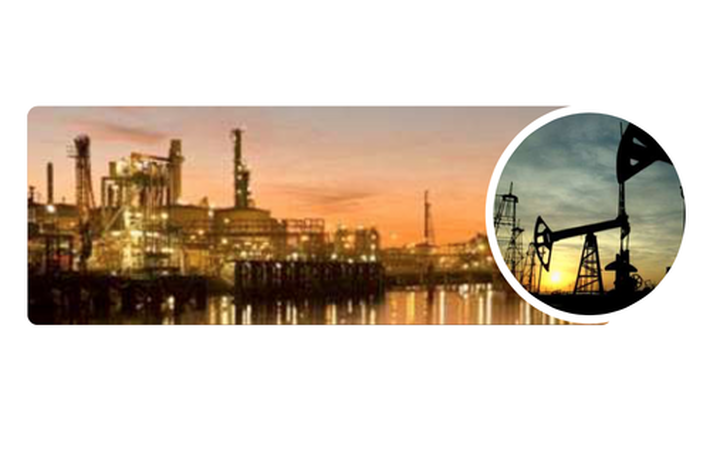
Published on 11/08/2016 | Strategy
Hundreds of millions, then billions, of individuals and businesses, with billions of smart, communicating devices will change the way we work, learn and innovate!
The ratio of devices that operate autonomously, versus those that have human interfaces has eclipsed ratios of 10:1 and will move toward 100’s and even 1000’. (High Level Multiprocessor Servers / Mainframes Application Servers & Workstations Desktop / Laptop / Tablet PCs, ATM’s & POS Systems Smart Phones / PDA / Hand-Held POS; Test / Diagnostics Equipment, Network Switches / Routers Office Equipment, Medical Systems, Small Servers Telematics / Navigation Systems, Digital Cameras; Set-Top Box / Audio / Video / Systems AMR / AMI Meters, Machine Controls, HVAC Office Equipment, Security Systems Residential Gateways, Routers & Hubs; Auto Power-train / Braking / Safety Smart / Network Appliances Motion Control Meters & Advanced Sensors; Smart Cards, Safety Systems Elevators, Auto Subsystems Industrial process Equip; Smart Tags, RF-ID Simple Appliance & Machine Controls Wireless intelligent Sensors, Industrial Monitors; Industrial Hydraulics/ Pneumatics Devices /O Basic Appliance Controls Toys & Games.)
Advent of Smart Systems & Services
Smart Services is a concept in which inputs— from machines, people, video streams, maps, newsfeeds, sensors, and more—is digitized and placed onto networks integrating people, devices, processes, and content to enable collective awareness.
Virtually all electronic and electromechanical products are being designed to automatically transmit information about status, performance and usage and can interact with people and other devices in real-time.
Broader reach and range of dependable wireless networks will drive significant new applications value from improved reliability, quality and data rates.
Availability of new managed services based on data aggregation, management and analytics capabilities
Ability to sense and respond in real time will drive more adaptive capabilities. Significant growth for asset management, location tracking services, security, and supply chain integration based on interactions among devices, mobile workers and systems management.
Smart Systems Technology Evolution
Smart Services and the development of systems to monitor, manage and control physical systems have evolved from three separate legacy technology histories. Designing and developing systems focused on building, facility and energy management. Designing and developing systems focused on highly distributed and scalable wireless sensors and devices. Designing and developing systems focused on mobile and dispersed applications.
As the physical and virtual worlds converge, connectivity becomes universal, and as networks have invaded the “physical” world, traditionally unique components and interfaces between and among electronic and electro-mechanical elements are becoming more and more standardized. these trends are just as true within traditional control environments.
Architecture, standards and relationships are required for market growth, the smart systems opportunity is still relatively young with substantial growth potential – the bulk of the potential is ahead for this arena.
Networks Perspective: Provide real time data from extraction and drilling equipment and related systems, transport systems and refineries to enterprise systems continues to be the critical requirement:
Real time asset information needs to be widely available across the corporate environment;
Real time information also needs to be provided to other applications and interacted with across vendors and service providers • Ownership of the data will be;
Ownership of the data will be critical dimension in evolution of systems.
- Systems need to be resilient;
- Standard open communications schemes are relatively new to the industry;
- New ways of working for industry participants, support providers and systems vendors;
- Often need to work in parallel with data feeds to the service company systems;
- Assets such as drilling rigs may not be company owned – security challenges in many locations and practices;
- Need for robust interactions will tend to conflict with security and ownership challenges.
- Embedded connectivity in devices such that they can talk directly to applications on any supplier’s UI devices;
- Capabilities for mobile field force management as well as multi-party collaboration capabilities;
- Deliver new applications via cloud services (SaaS) to drive subscription model;
- Peer-to-Peer functionality between sensors, devices, systems and cloud;
- Capabilities for integration of structured data, unstructured data as well as time series (real-time) data;
- Application development tools suitable for users as well as;
- Embedded connectivity in devices such that they can talk directly to applications on any supplier’s UI devices;
- Capabilities for mobile field force management as well as multi-party collaboration capabilities;
- Deliver new applications via cloud services (SaaS) to drive subscription model;
- Peer-to-Peer functionality between sensors, devices, systems and cloud;
- Capabilities for integration of structured data, unstructured data as well as time series (real-time) data;
- Application development tools suitable for users as well as third-party services provides and integrators.